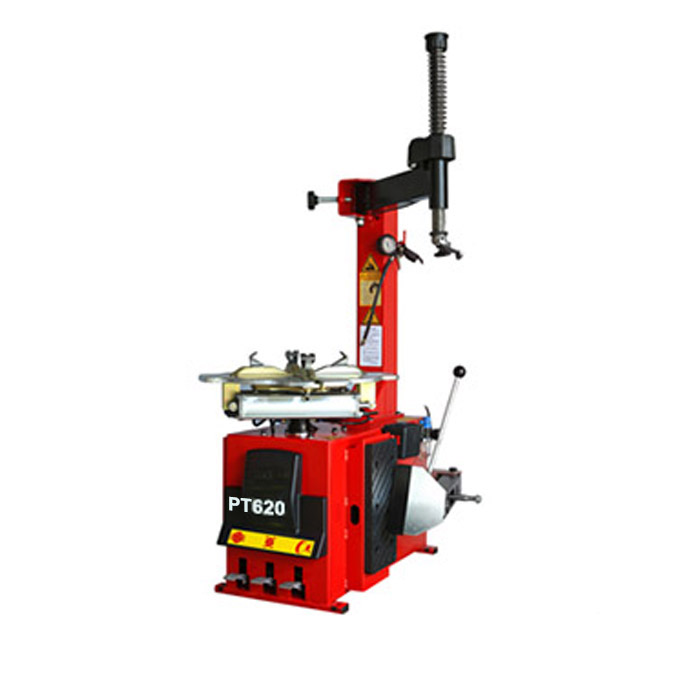How many miles are tires good for?
Tire mileage varies widely and depends on several factors, but most standard tires are designed to last 30,000 to 50,000 miles under normal driving conditions. However, some high-performance or specialty tires may last less, while others, such as all-season or touring tires, can last 60,000 miles or more if properly maintained.
Key factors affecting tire mileage:
1. Tire type and quality:
- All-season tires – 50,000 to 70,000 miles
Suitable for most household cars and designed for a long life. - High-performance tires – 30,000 to 50,000 miles
Softer rubber for better grip, but wears out faster. - Long-distance comfort tires – 60,000 to 80,000 miles
Softer rubber for better grip, but wears out faster - All-terrain tires (SUV/light truck) – 40,000 to 60,000 miles
- Winter Snow Tires – 20,000 to 40,000 miles
It is softer at low temperatures, but wears faster at high temperatures. - Run-flat tires – 30,000 to 50,000 miles
You can continue to drive after a puncture, but the lifespan may be shortened. - Energy-saving and environmentally friendly tires – 60,000 to 80,000 miles
Low rolling resistance design, longer life.
2. Driving habits:
- Aggressive driving (hard braking, heavy acceleration, sharp turns) will accelerate tread wear.
Highway driving (constant speed) is gentler on tires than stop-and-go city driving.
3. Maintenance status:
- Rotating your tires regularly (every 5,000 to 7,500 miles) ensures even wear.
Maintaining proper tire pressure (check monthly) prevents uneven tread wear.
Wheel alignment problems can cause premature, uneven tire wear (such as "cupping" or "feathering").
4. Road conditions and weather conditions:
- Rough roads, potholes, or debris can damage tires and shorten their life.
Extreme temperatures (hot or cold weather) can gradually age the rubber.
How to determine if tires need to be replaced:
- Tread Depth: Measure with a tread depth gauge - most tires should be replaced when the tread is worn to 2/32 inch (1.6 mm). Many tires have "wear marks" (small strips of rubber) that show when the tread is too shallow.
- Cracks, bulges or damage, signs of aging or structural damage.
- Age: Even if the tread is in good condition, tires will age over time. Most manufacturers recommend replacing tires after 6 to 10 years, regardless of mileage, due to the aging of the rubber.
In summary, while 30,000 to 50,000 miles is a common range, the actual lifespan of your tires depends on how you drive, how well you maintain them, and the environment in which they’re used.
Related Products
 |
 |
 |
Tire Changer PT620 |
Truck tyre changer S-T588 |
Electric Tire Changer 600 |

 TEL / PHONE
TEL / PHONE
 ADDRESS
ADDRESS
 E-MAIL
E-MAIL

